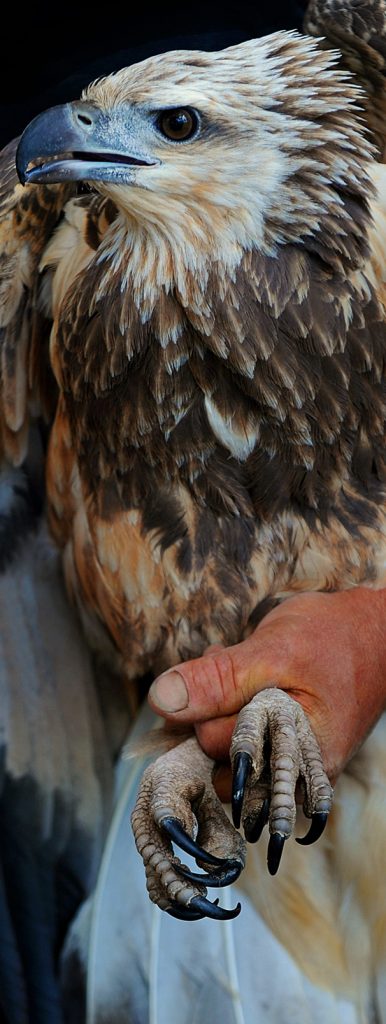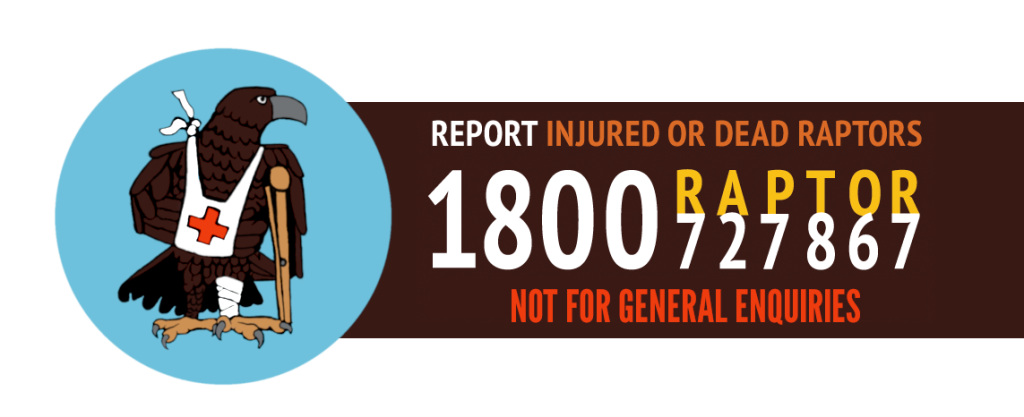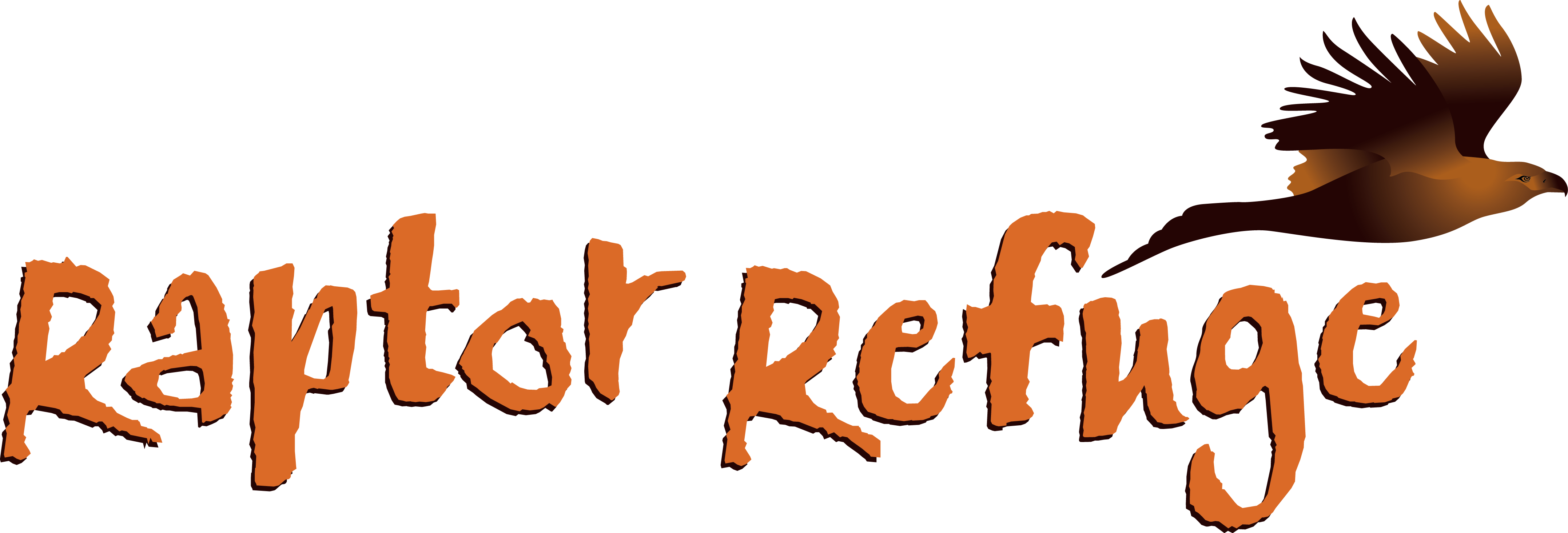Threats to Tasmanian Raptors
Tasmania’s raptors are facing increasing pressure from human activities, pushing some species to the brink. There are only about 120 breeding pairs of Wedge-tailed Eagles, fewer than 110 pairs of Grey Goshawks, and fewer than 200 pairs of White-bellied Sea Eagles left in the wild. These magnificent birds are struggling against habitat destruction, collisions with power lines and vehicles, boat strikes, and direct persecution, such as the shooting of Grey Goshawks to protect poultry.
Major Threats
- Unnatural mortality – Human-related causes of death, including road accidents and poisoning.
- Persecution – Raptors are still illegally shot, poisoned, or trapped.
- Collisions – With power lines, vehicles, fences, and wind turbines.
- Electrocution – Especially on poorly designed power poles.
- Oiling – Contamination from industrial spills, which can damage feathers and affect survival.
- Entanglement – Getting caught in fishing lines, barbed wire, or other human debris.
- Pollution – Ingesting toxic substances from the environment or contaminated prey.
- Habitat loss – Land clearing, urban expansion, and deforestation reduce nesting and hunting grounds.
- Nest disturbance – Human activity near nesting sites can lead to nest abandonment or failure.
- Population decline – A shrinking number of breeding adults lowers reproduction rates, leading to an aging population with fewer young birds replacing them.
- Climate change – Rising temperatures and changing weather patterns affect prey availability and nesting success. Increased storm frequency can destroy nests and reduce breeding success.
- Secondary poisoning – Raptors often ingest rodenticides (rat bait) by eating poisoned prey, leading to internal bleeding, neurological damage, and death.

What You Can Do to Help
- Choose wildlife-friendly rodent control – Avoid second-generation anticoagulant rodenticides (SGARs) and opt for snap traps or enclosed bait stations.
- Protect nesting sites – Be mindful of raptor nests when developing land or conducting forestry activities.
- Support conservation efforts – Donate, volunteer, or spread awareness to help protect Tasmania’s raptors.
- Report injured or dead raptors – Call our hotline for raptor emergencies. We’re here to help.
By being mindful of these threats and taking small actions, we can help protect Tasmania’s raptors for future generations.
Reducing Tasmania’s Road Toll
Many raptors are killed while scavenging roadkill. You can help prevent unnecessary deaths:
- Slow down, especially near bushland and open pasture.
- Avoid driving at night if possible.
- Dim your high beams when you see animals—this helps them escape instead of freezing.
- Move roadkill off the road if safe to do so, and always check for pouch young. Removing carcasses reduces the risk of raptors and other scavengers being hit.

